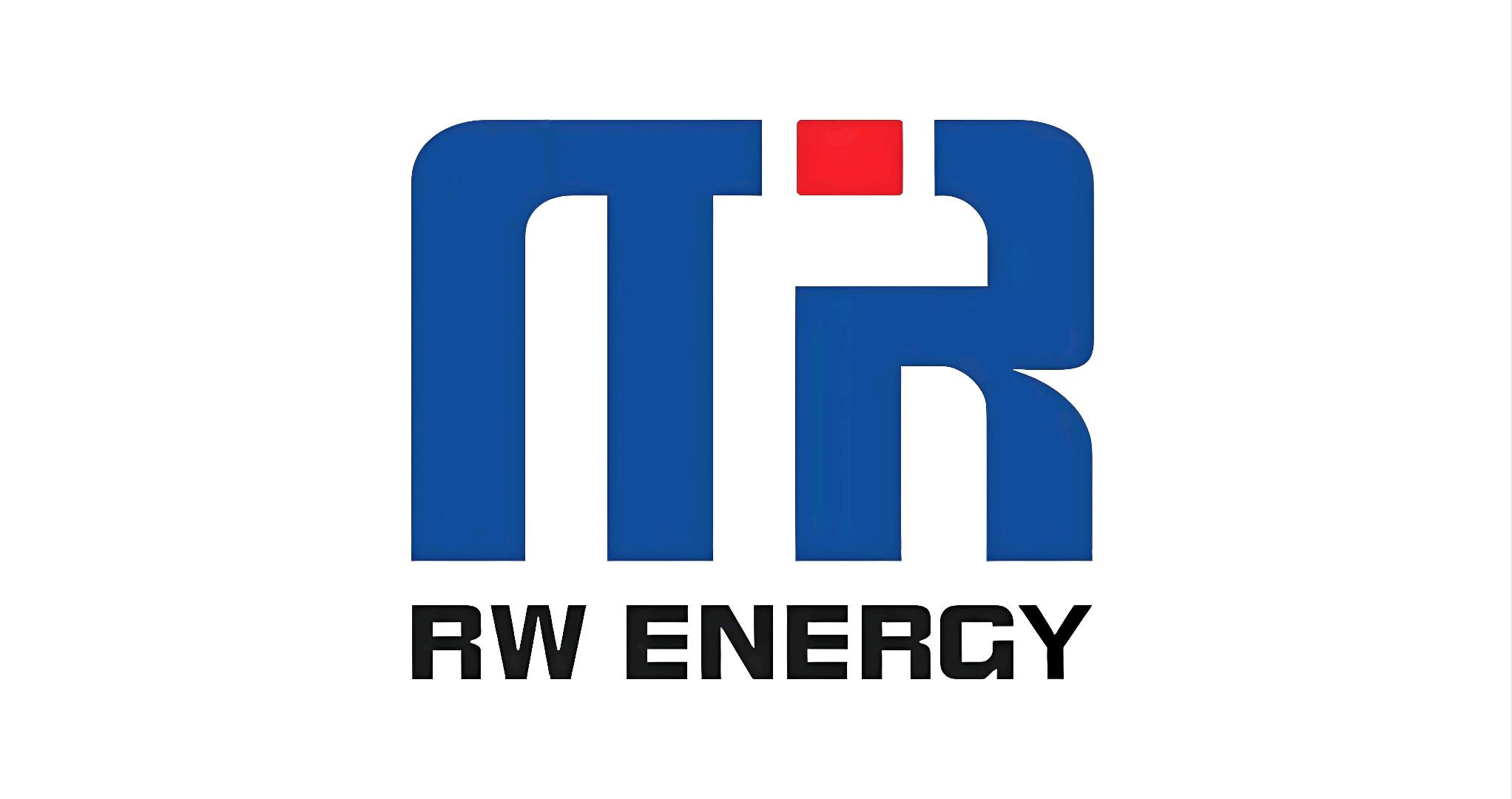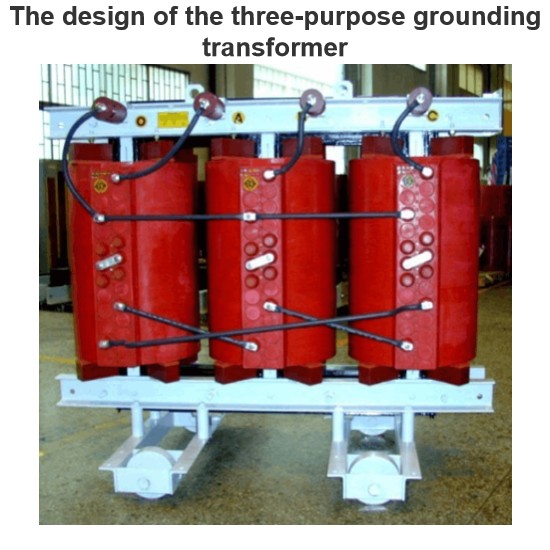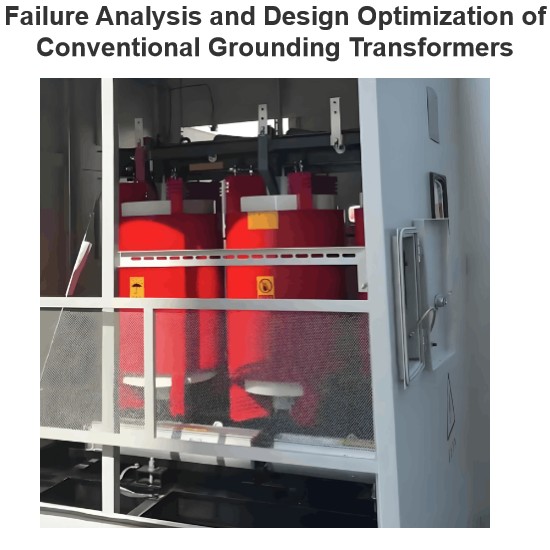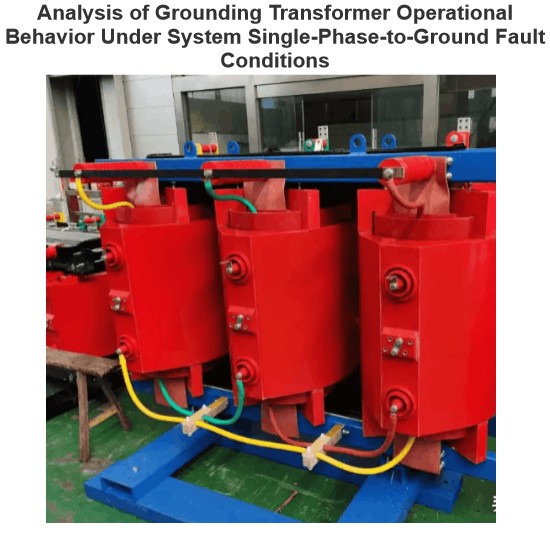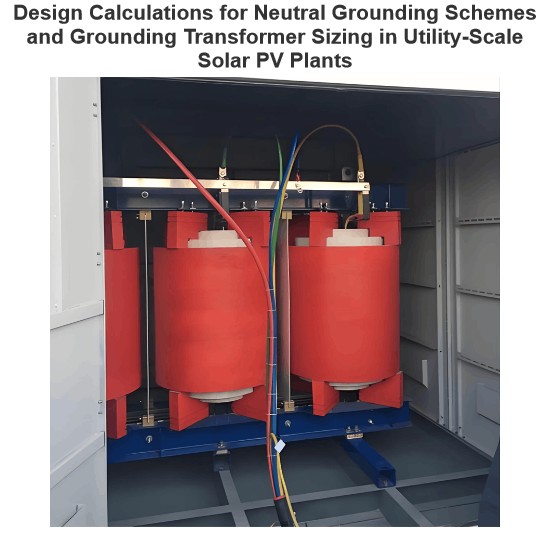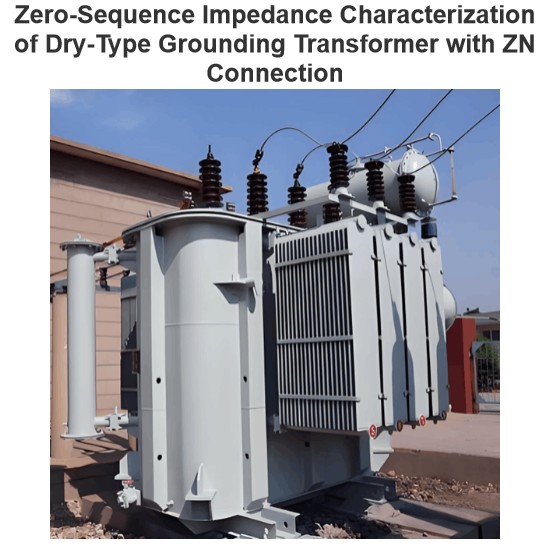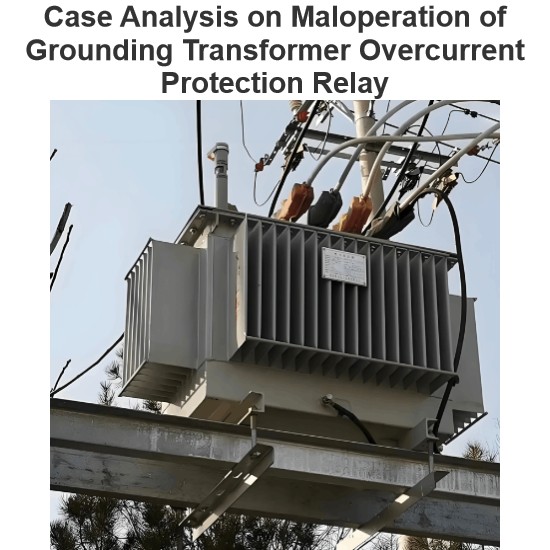| Brand | RW Energy |
| Model NO. | Liquid-cooled fast charging station |
| Rated Output Rating | 360KW |
| Output Voltage | DC 200-1000V |
| Max Output Current | 200A |
| Power Conversion Efficiency | ≥95% |
| Connector Options | GBT+GBT |
| Cable Length | 5m |
| Input Voltage | 380V |
| Series | DC EV Chargers |
MAIN CABINET:
Product Number |
WZ-360kW |
Input |
400VAC / 480VAC (3P+N+PE) || 50/60Hz |
Output Voltage |
200 - 1000VDC |
Output current |
0 to 1200A |
Parallel Charge Mode (Optional) |
30 kW per Port |
Efficiency |
≥94% at nominal output power |
Power factor |
>0.98 |
Operating temperature |
-30°C to 55°C |
Altitude |
< 2000m |
Working || Storage Humidity |
≤ 95% RH || ≤ 99% RH (Non-condensing) |
Display |
7’’ LCD with touch screen |
Dimensions (L x D x H) |
1200mm x 500mm x 1700mm |
Ingress Protection |
IP54 || IK10 |
Power Electronics Cooling |
Air Cooled |
Weight |
550kg |
Insulation (input - output) |
>2.5kV |
Regulatory Compliance |
CE || EMC: EN 61000-6-1:2007, EN 61000-6-3:2007/A1:2011/AC:2012 |
Charging Protocol Standards |
Mode 4 - IEC-61851, ISO-15118, DIN 70121 Mode 4 - GB/T 18487 2023, GB/T 20234 2023, GB/T 27930 2023 |
Length of charging cable |
5m |
Communication protocol |
OCPP 1.6J |
Communication |
Ethernet – Standard || 3G/4G Modem (Optional) |
Electrical Safety: GFCI |
RCD 30 mA Type A |
Electrical Safety: Surge Protection |
20 kA |
Electrical Safety General |
Over Voltage, Under Voltage, Over Current, Missing Ground |
Electrical Safety: Output Short |
Output power disabled when output is short circuited |
Electrical Safety Temperature |
Temperature Sensors @ Charge Coupler and Power Electronics |
Emergency Stop |
Emergency Stop Button Disables Output Power |
Dual-gun Charging terminal:
Product Number |
WZ-200A |
Output Voltage |
200 - 1000VDC |
Output current |
0 to 400A |
Connectors |
CCS2 || GBT *Single and Dual |
Single-gun charging mode |
CCS2 –200A || GBT- 200A |
Operating temperature |
-30°C to 55°C |
Altitude |
< 2000m |
Working || Storage Humidity |
≤ 95% RH || ≤ 99% RH (Non-condensing) |
Dimensions (L x D x H) |
500mm x 300mm x 1700mm |
Ingress Protection |
IP54 || IK10 |
Power Electronics Cooling |
Natural cooling |
Weight |
100kg |
Regulatory Compliance |
CE || EMC: EN 61000-6-1:2007, EN 61000-6-3:2007/A1:2011/AC:2012 |
Charging Protocol Standards |
Mode 4 - IEC-61851, ISO-15118, DIN 70121 GB/T 18487 2023, GB/T 20234 2023, GB/T 27930 2023 |
Length of charging cable |
5m |
Communication protocol |
OCPP 1.6J |
Liquid-cooled fast charging has the following advantages:
Charging speed aspect
Strong current-carrying capacity and fast charging speed: It can effectively cool the interior of the charging gun and can withstand higher currents without overheating. Compared to traditional charging methods, it can achieve greater charging current and power, greatly shortening the charging time. For example, currently, the power of ordinary fast charging piles is generally around 120kW. Conventional supercharging piles are around 300kW. Some liquid-cooled supercharging piles can reach a maximum power of up to 600kW, such as the fully liquid-cooled supercharging piles of Huawei and NIO.
It solves the problem of cable overheating during high-current charging. There is no need to increase the cross-sectional area of the wire to reduce heat generation, making the charging equipment lighter and ensuring high-current transmission at the same time.
Safety performance aspect
Fast heat dissipation and good temperature control: It uses liquid circulation to take away the heat generated by the battery and charging equipment during the charging process, making the battery temperature more uniform, avoiding local overheating, reducing the risk of battery thermal runaway, and prolonging the battery's service life.
The thermal conductivity coefficient of the coolant is dozens of times that of air. The heat dissipation capacity of the liquid-cooled module can be reduced by 10 - 20°C compared to the air-cooled module, which can significantly improve the cooling efficiency and reduce the corrosion and damage to the charging equipment.
High protection level: The fully liquid-cooled method can achieve full coverage, improving insulation and safety. It can make the charging pile reach a relatively high-level dustproof and waterproof performance of about IP65 of international electrical standards, reducing the impact of external factors such as dust and moisture on the internal electrical components of the equipment and improving the reliability and stability of the equipment.
Multiple safety guarantees: Usually equipped with multiple safety guarantee functions such as overheat protection, overcurrent protection, and short-circuit protection. The intelligent control system can also monitor the battery's temperature and charging status in real time and intelligently adjust the charging current and voltage according to the actual situation to ensure the user's safety of use to the greatest extent.
Usage experience aspect
Light charging gun cable: Due to solving the heat dissipation problem, liquid-cooled supercharging piles can use cables with a smaller cross-sectional area to ensure the transmission of greater currents. Therefore, its cables are thinner and lighter than those of conventional supercharging piles, and the charging gun is also lighter. It is more convenient for users to use, especially for people with less strength such as female car owners.
Low noise: Fully liquid-cooled charging piles adopt a double-cycle heat dissipation structure. The internal liquid-cooled module dissipates heat by driving the coolant circulation through a water pump. The external part uses a large fan or air conditioning system with low speed but high air volume to effectively dissipate the heat on the radiator. Compared with the high-speed small fan of traditional air-cooled charging piles, the noise interference is smaller. It can be reduced from about 70 decibels of air-cooled charging piles to about 30 decibels, close to the sound of a whisper, avoiding the problem of being complained about due to large noise at night in places such as residential areas.
Economic cost aspect
Long equipment life and reduced total life cycle cost (TCO): Traditional charging piles using air-cooled charging modules usually have a service life of no more than 5 years. While the service life of fully liquid-cooled charging piles can generally reach more than 10 years. For example, the designed service life of Huawei's fully liquid-cooled supercharging pile is more than 15 years, which can cover the entire life cycle of the station, reducing the cost of replacing equipment during the operation of the charging station. Moreover, fully liquid-cooled charging piles only need to be rinsed after dust accumulates on the external radiator. The maintenance is simple. Compared with air-cooled module charging piles that need to open the cabinet frequently to remove dust and perform maintenance operations, a lot of maintenance costs are saved. In general, its total life cycle cost is lower than that of traditional air-cooled charging equipment. With the wide and mass application of the fully liquid-cooled system, the cost-performance advantage will be more obvious.
How does a liquid-cooled fast charging station work?
A liquid-cooled fast charging station refers to a charging facility that uses liquids (usually coolants with good thermal conductivity, such as water-based coolants or special coolants) to dissipate heat during the charging process. This technology can effectively remove the heat generated during charging, ensuring that the charging equipment and electric vehicle batteries operate within an appropriate temperature range.
Features
High power output: Due to the effective heat dissipation of liquid cooling technology, liquid-cooled fast charging stations can support higher power charging outputs, allowing electric vehicles to charge to more than 80% of their capacity in a short period of time.
Extended equipment life: Effective temperature management can reduce the thermal stress on power electronic devices, extending their service life.
Improved charging efficiency: The liquid cooling system can maintain the battery within the optimal temperature range, thereby increasing charging efficiency.
Reduced noise: Compared to air-cooling systems, liquid cooling systems operate with lower noise, making them more suitable for installation in environments sensitive to noise.
Strong adaptability: Liquid cooling technology is less affected by ambient temperatures and can maintain good heat dissipation effects even under extreme weather conditions.
